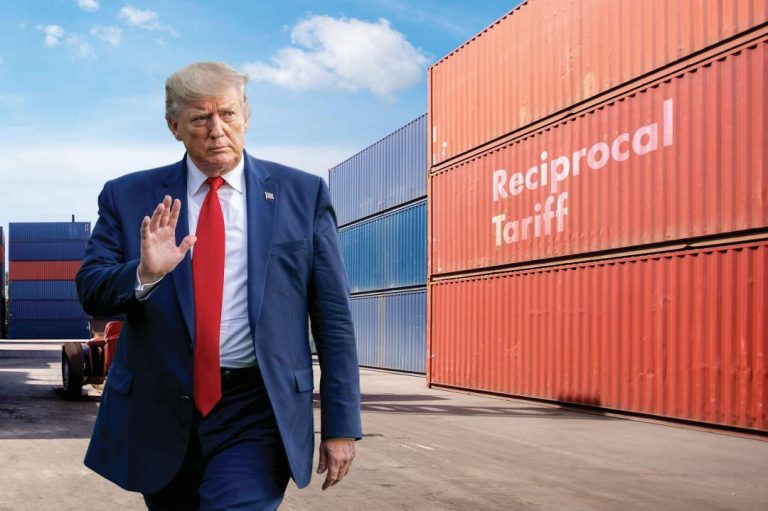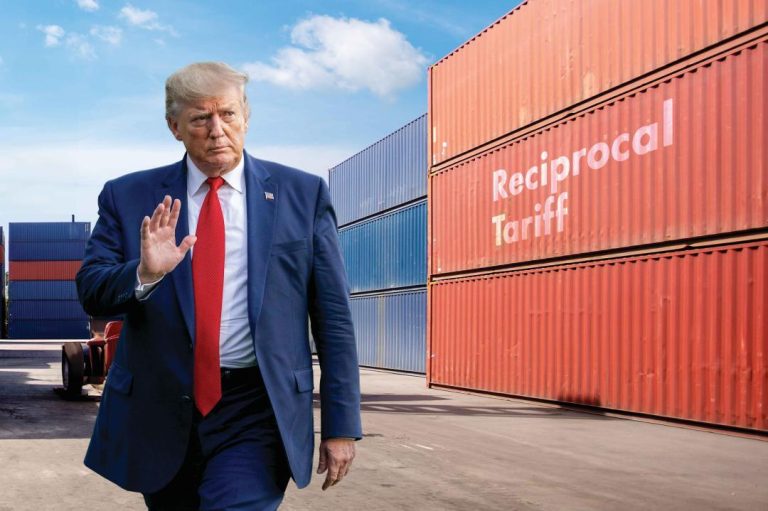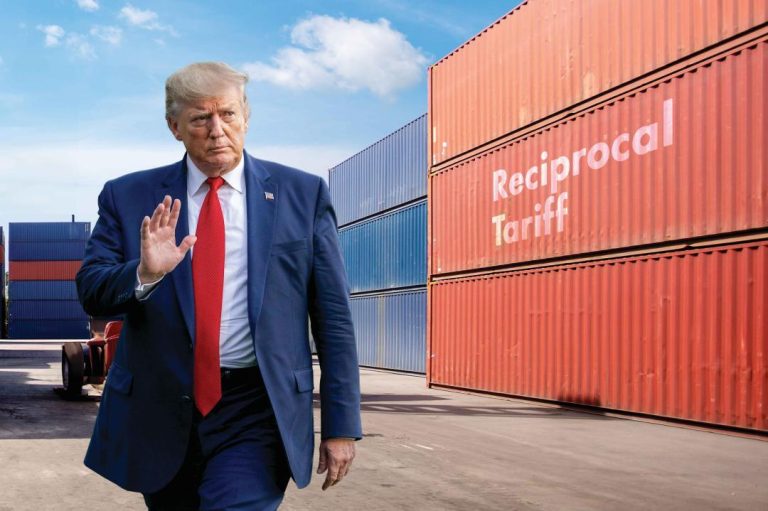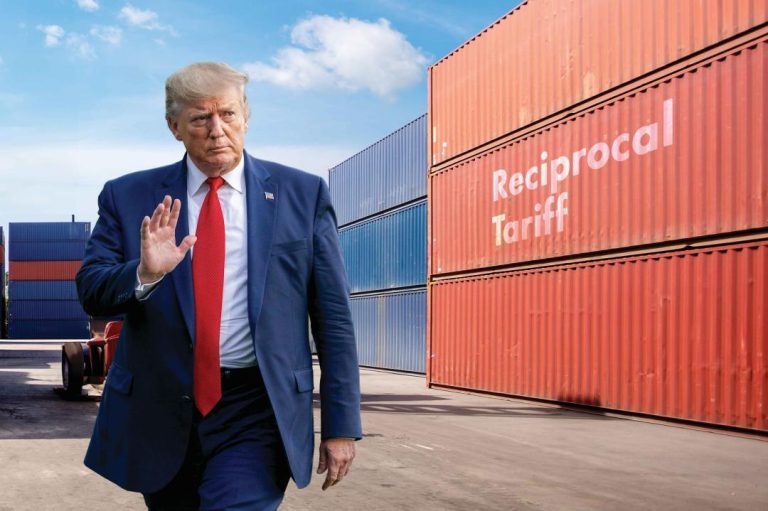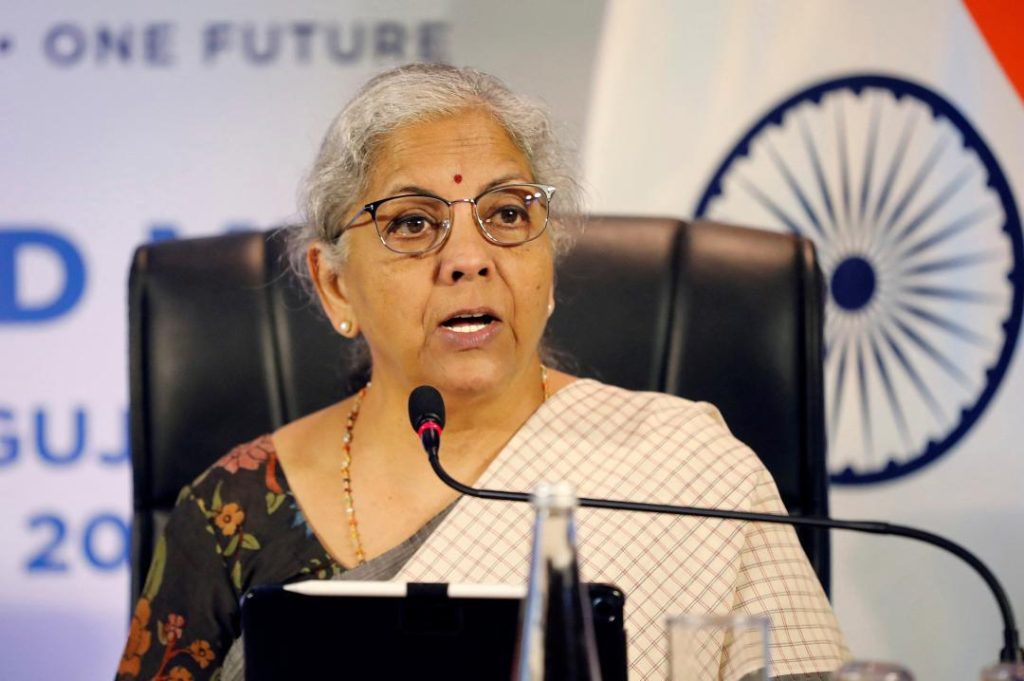
Simultaneous Polls Can Add ₹4.5 Lakh Crore to Economy: Sitharaman on ‘One Nation, One Poll’
The concept of simultaneous elections, also known as the “One Nation, One Election” proposal, has been a topic of discussion in India for quite some time now. The idea is to hold elections for electing members of Parliament and state assemblies simultaneously, rather than holding them separately. This proposal has been floated by the government to reduce the burden on the exchequer, which is spent on conducting elections, and to bring about greater stability to the country.
Recently, Finance Minister Nirmala Sitharaman spoke about the benefits of simultaneous elections and how it can add to the country’s economy. According to her, if simultaneous elections are held, it can lead to a 1.5% growth in India’s Gross Domestic Product (GDP). In value terms, this translates to an addition of ₹4.5 lakh crore to the economy.
Sitharaman made this statement while speaking about the “One Nation, One Election” proposal, which has been facing criticism and controversy in recent times. The proposal was first floated by the government in 2018, and since then, it has been discussed and debated extensively. However, not everyone is convinced about the benefits of simultaneous elections, and some have raised concerns about the practicality of implementing such a system.
The idea of simultaneous elections is to reduce the financial burden on the government, which is spent on conducting elections. The cost of conducting elections is quite high, and it is estimated that around ₹1 lakh crore was spent during the 2019 Lok Sabha elections. This is a significant amount of money, which could be better utilized for other purposes, such as development and welfare schemes.
In addition to reducing the financial burden, simultaneous elections can also bring about greater stability to the country. When elections are held separately, it can lead to a situation where the country is governed by different governments at the Centre and in the states. This can lead to confusion and instability, which can impact the economy and other aspects of public life.
Sitharaman also emphasized that the “One Nation, One Election” proposal is not meant for the upcoming elections. She stated that the government is not planning to hold simultaneous elections for the upcoming elections, but rather, it is a long-term plan to bring about greater stability and efficiency in the country’s electoral system.
The “One Nation, One Election” proposal has its share of challenges and controversies. Some have raised concerns about the practicality of implementing such a system, given the diverse nature of India’s electoral system. Others have argued that it is a move to centralize power and undermine the federal structure of the country.
However, proponents of the proposal argue that it can bring about greater efficiency and stability to the country’s electoral system. They point out that holding elections simultaneously can reduce the burden on the government, which is spent on conducting elections. They also argue that it can bring about greater accountability and transparency in the country’s electoral system.
In conclusion, the “One Nation, One Election” proposal is a significant step towards bringing about greater stability and efficiency to India’s electoral system. While it has its share of challenges and controversies, the benefits of simultaneous elections cannot be ignored. According to Sitharaman, if simultaneous elections are held, it can add ₹4.5 lakh crore to the country’s economy, which is a significant amount of money. The government’s proposal to implement the “One Nation, One Election” system is a step in the right direction, and it is hoped that it will bring about greater stability and prosperity to the country.
